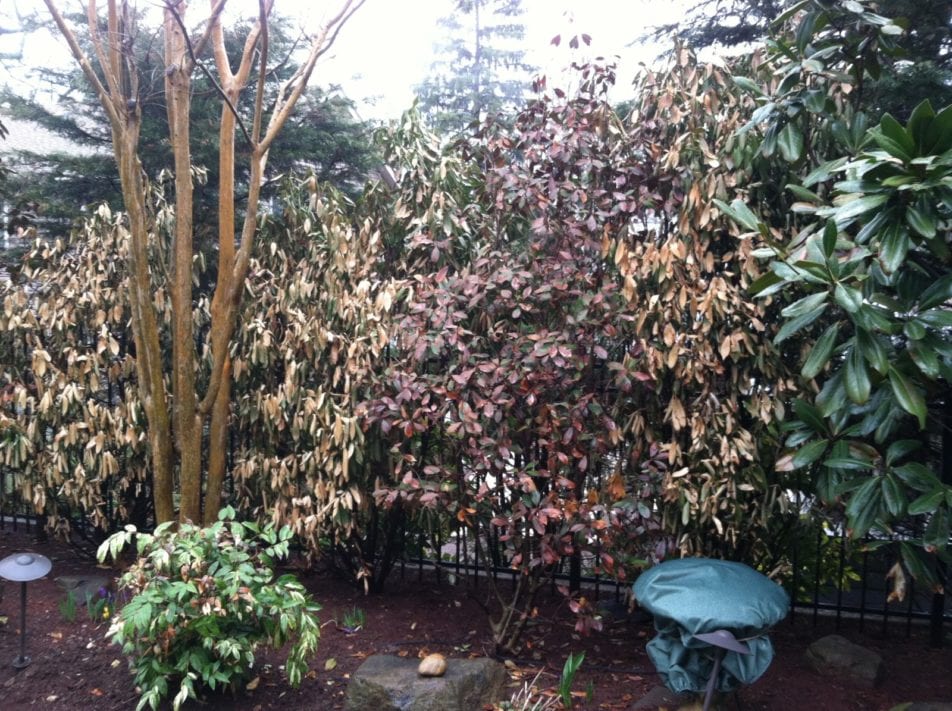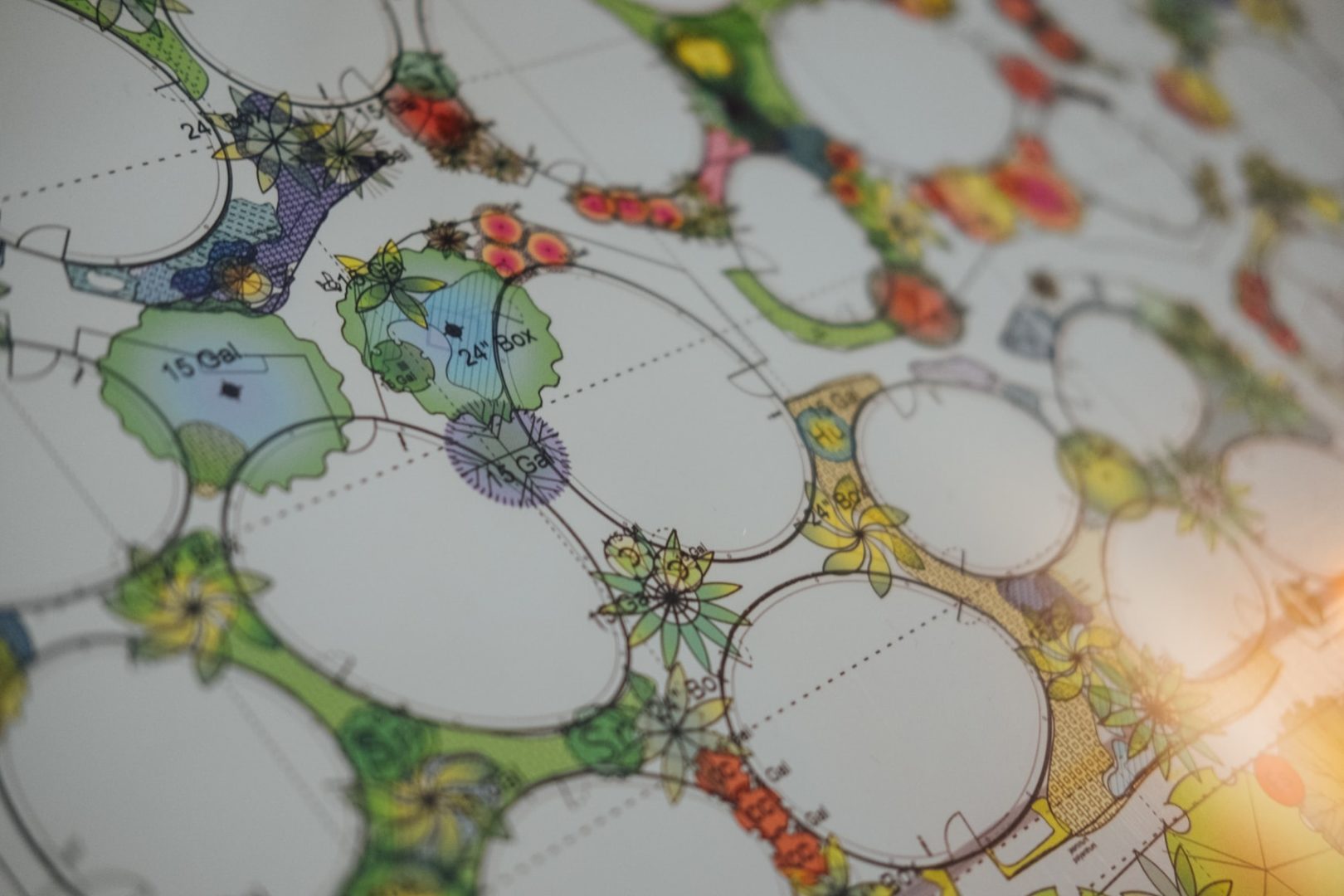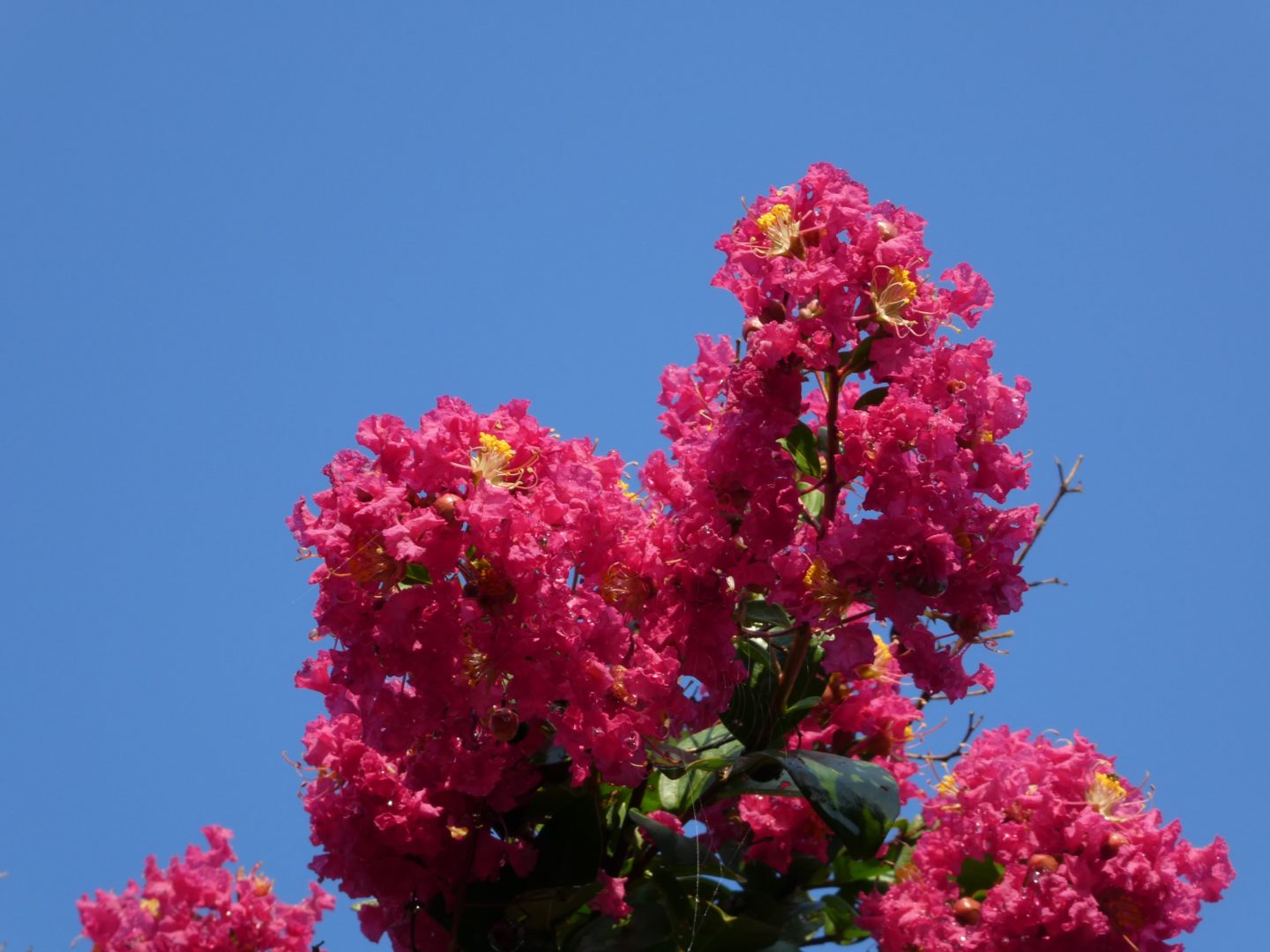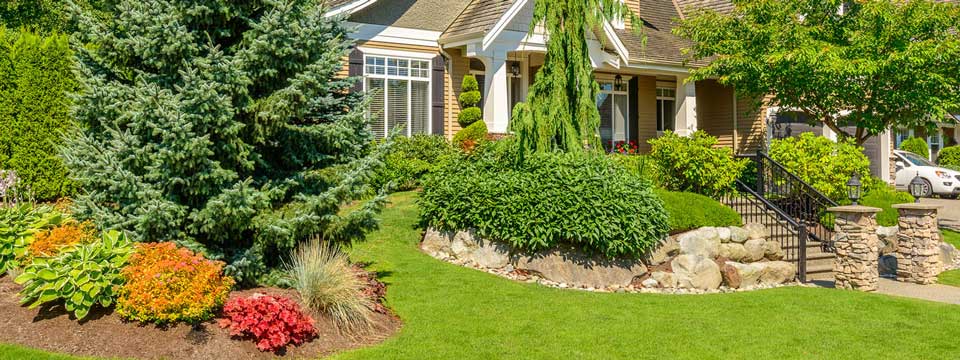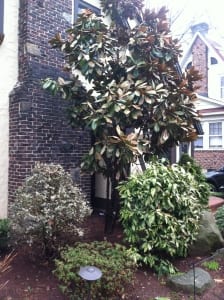 As we collectively boo old man winter off stage, we are beginning to notice his brutal effects in our landscapes across the North East. This winter was not very kind to our beloved broadleaf evergreens. The following plants were hit very hard:
As we collectively boo old man winter off stage, we are beginning to notice his brutal effects in our landscapes across the North East. This winter was not very kind to our beloved broadleaf evergreens. The following plants were hit very hard:
Andromeda, Azalea, Boxwood, Holly, Laurel, Leucothoe, Photinia and Rhododendron.
What Happened?
The long and short of it is there is probably a combination of factors. Plants that are on the North West side of your residence or in an open area are more susceptible to wind desiccation.
Plants on the South or West side of your residence may have had leaf scorch/reflective damage from the reflective sunlight off the snow. The light intensity causes a burn on lower leaves. Plants along sidewalks, and driveways may have suffered salt damage. This could happen near the road as well. Whether it is splashed on the foliage or carelessly applied around the root system.
Plants that received adequate moisture prior to the ground freezing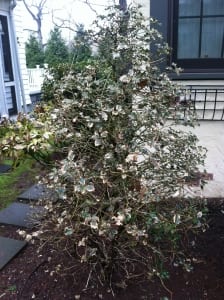 and mulching your beds in fall helps. Treating your plants for wind desiccation prior to winter is also a preventive measure that is very helpful.
and mulching your beds in fall helps. Treating your plants for wind desiccation prior to winter is also a preventive measure that is very helpful.
What should I do?
Depending on the severity of the damage and its location you may want to wait and see how it leafs out when it warms up. If it is very unsightly and in a prominent location replacement may be your best option.

